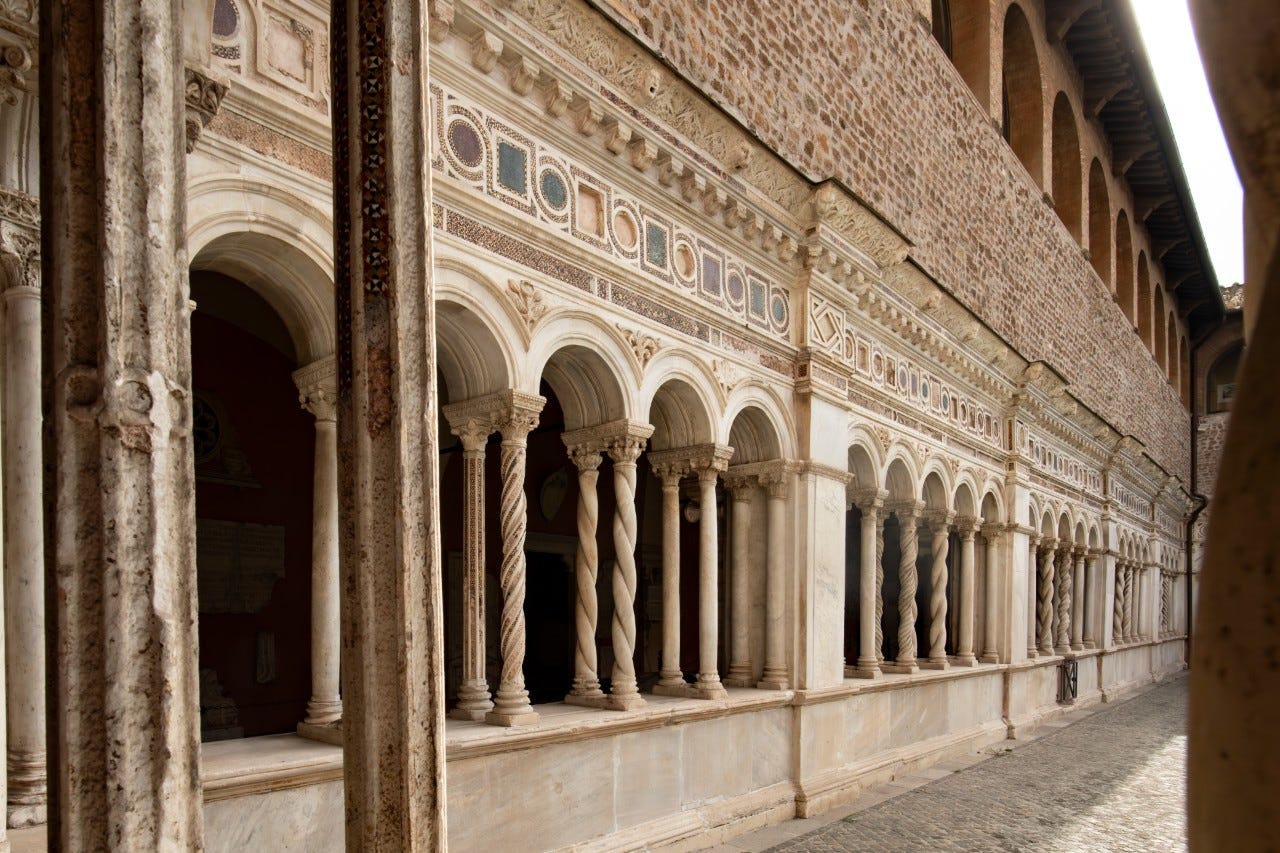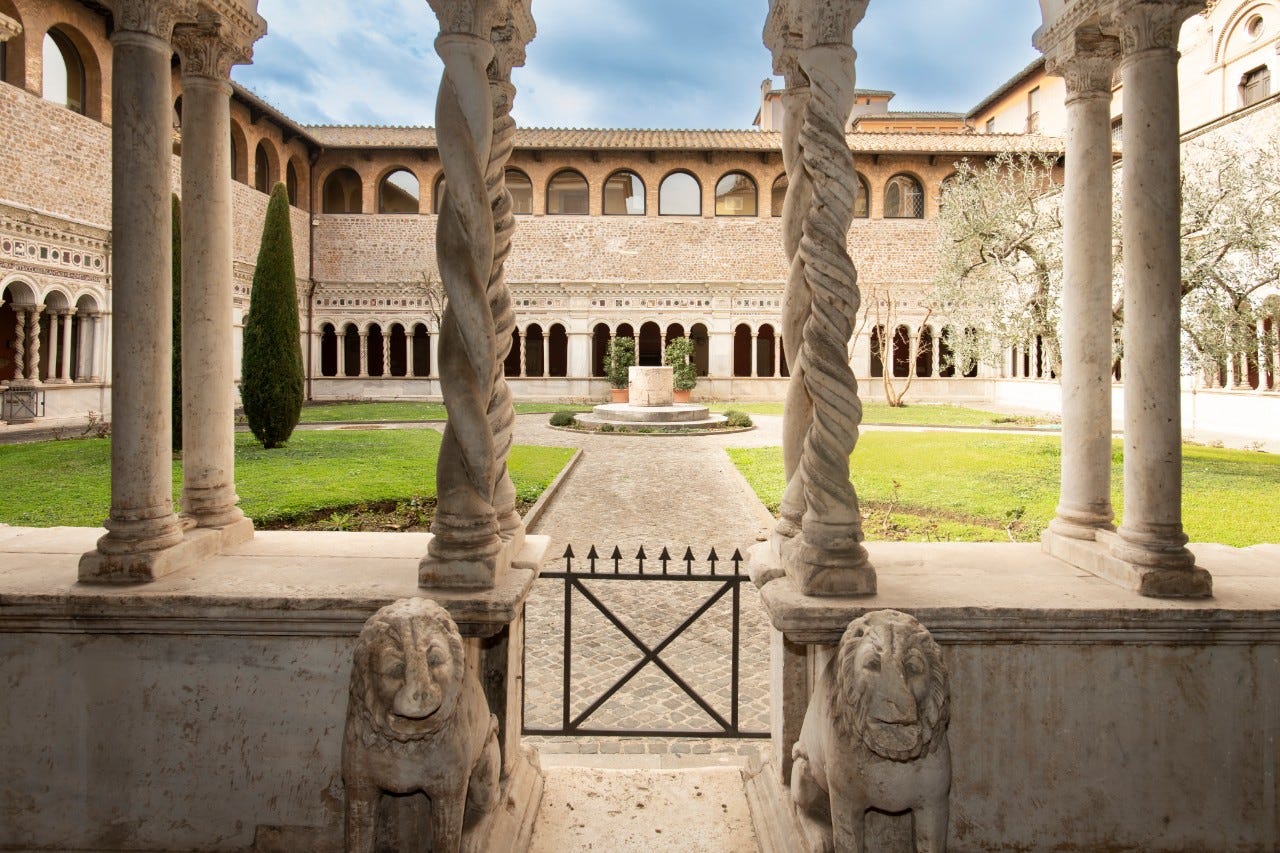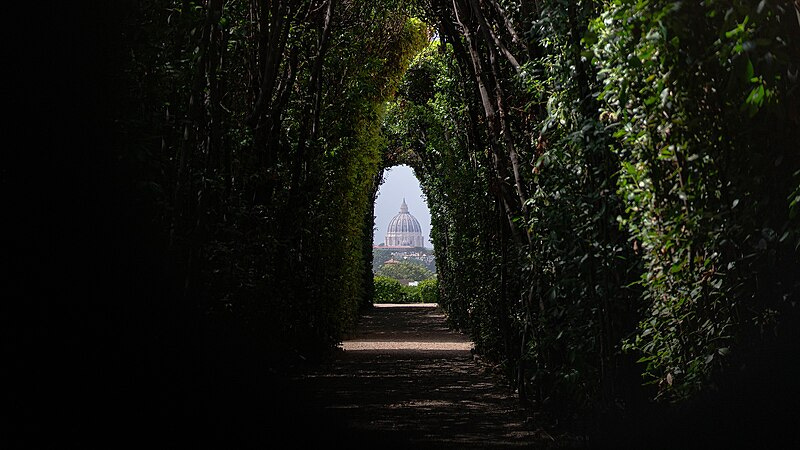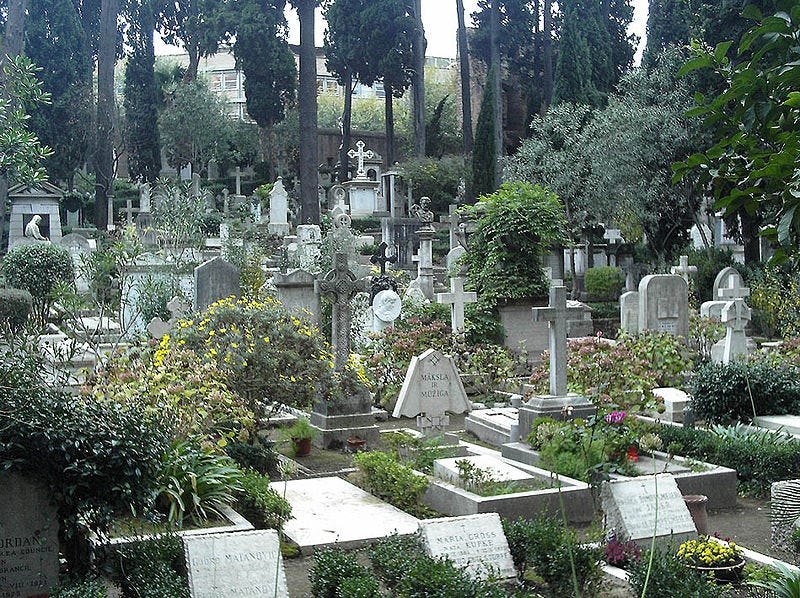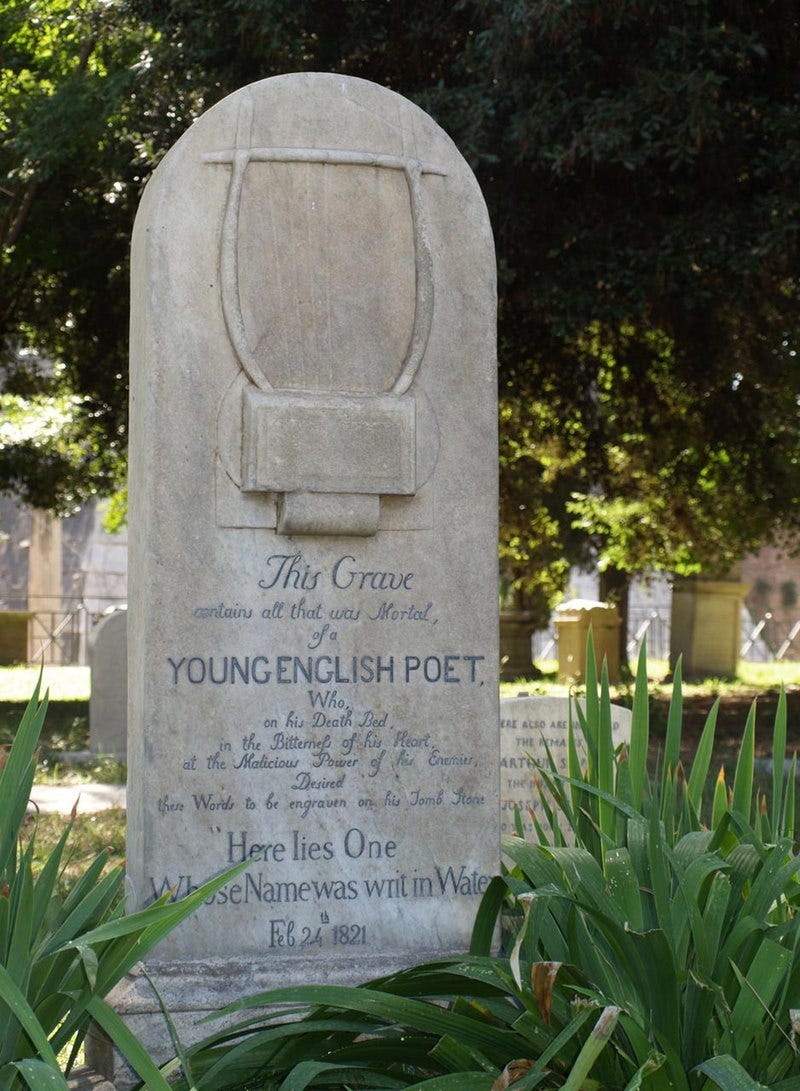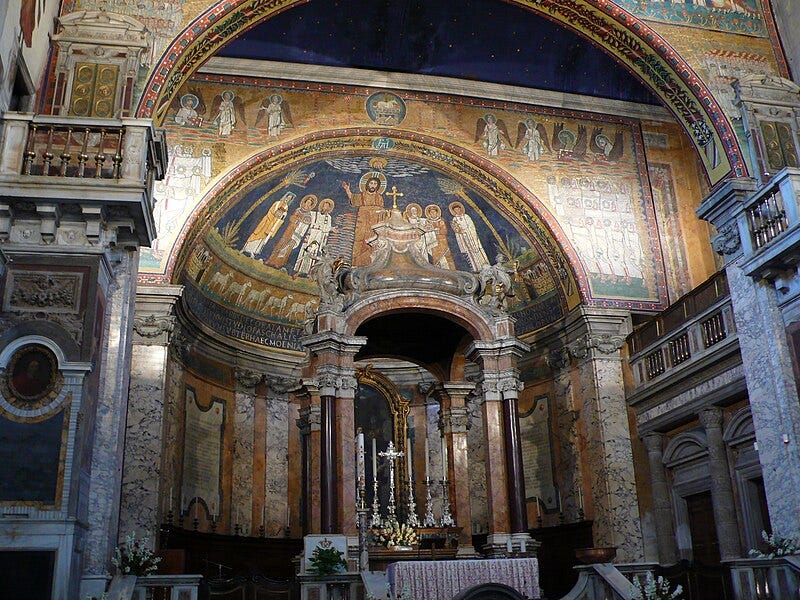Most people visit Rome with a checklist.
They want to see the Colosseum, throw a coin in the Trevi Fountain, and post a Vatican selfie before heading to Florence.
But here’s the truth: if that’s all you see, you’ve barely scratched the surface.
Rome isn’t a museum of ruins. It’s a living palimpsest. Layered, complicated, full of secrets. The real city hides behind doors, under streets, and inside forgotten chapels. It rewards the curious. It punishes the rushed.
This guide is for those who want more.
More depth. More story. More truth.
What follows is a curated list of places most tourists will never see yet shouldn’t miss. Four of them are public. The rest are for my founder members, who support this work and get access to the parts of culture that still matter.
1. The Cloister of San Giovanni in Laterano
Serene, geometric, and older than most buildings in Rome, this cloister is a visual hymn. Almost nobody steps inside. They’re too busy chasing the Pope.
The cloister of the Lateran, begun in 1222 under Pope Honorius III and completed during the papacy of Gregory IX, is one of the finest surviving examples of medieval Roman art and spirituality. Built by the Lateran canons, priests who followed a common life inspired by the rule of Saint Augustine, it was designed as both a functional and symbolic space. The open courtyard linked their rooms of study, prayer, and community, while its form embodied their shared spiritual ideals. An inscription in mosaic still visible today reads: claustri structura sit vobis docta figura—“let the very structure of the cloister be for you a learned figure”—a reminder that the cloister itself was meant to teach, shaping its inhabitants in fraternity and humility.
The cloister preserves extraordinary artifacts of medieval and Renaissance Rome. Among them is the papal sedia stercoraria (“dung chair”), used in the ritual of papal enthronement to remind the new pope of his human frailty, citing the Psalm that God “raises the poor from the dust.” It also holds fragments of Arnolfo di Cambio’s masterful tomb for Riccardo Annibaldi, a work that anticipates humanism with its lifelike depictions of a funeral procession—torchbearers, acolytes, and even a boy puffing air into a censer. Another notable monument is the tombstone of the great humanist Lorenzo Valla, himself a Lateran canon, which includes carved books symbolizing his intellectual legacy. Together, these relics make the Lateran cloister not just a place of contemplation, but also a museum of Rome’s evolving spiritual, artistic, and intellectual history.
2. The Keyhole of the Knights of Malta
The Keyhole of the Knights of Malta on Aventine Hill is one of Rome’s most unusual hidden sights. From the outside, it’s just a plain, fortified door but peering through its keyhole reveals a perfectly framed view of St. Peter’s Basilica, aligned with the hedges of a secret garden. Crowds often line up for a glimpse, though the view is best experienced in person. The keyhole belongs to the Priory of the Knights of Malta, the world’s oldest surviving chivalric order. A sovereign entity under international law, the Order’s estate also houses its embassy to Italy, underscoring its enduring power and influence rooted in the Crusades.
The site itself has deep historical layers. Once the residence of Alberic II, ruler of Rome in the 10th century, it later served as a Benedictine monastery, then as the headquarters of the Knights Templar before passing to the Knights Hospitaller, today’s Knights of Malta. The piazza outside was redesigned in 1765 by Giovan Battista Piranesi, who incorporated nautical motifs to reflect a Roman legend that Aventine Hill was a sacred ship destined for the heavens. Whether intentional or not, the alignment of the keyhole with the dome of St. Peter’s seems like a calculated masterpiece, turning a simple peephole into one of the city’s most poetic encounters.
3. Protestant Cemetery (Cimitero Acattolico)
The Non-Catholic Cemetery in Rome, also known as the Protestant or English Cemetery, sits beside the ancient Pyramid of Cestius near Porta San Paolo. Since the early 18th century, it has been the resting place for foreigners and Italians who lived outside the Catholic fold, i.e. Protestants, Orthodox Christians, Jews, and later secular intellectuals. Early burials took place at night to avoid religious hostility, and for a long-time crosses and inscriptions were forbidden. Over time, the cemetery evolved from a simple meadow where cattle once grazed into a serene space shaded by cypress trees and enclosed by the Aurelian Walls. It became not only a burial ground, but also a quiet sanctuary where Rome’s cultural and religious outsiders found a place of dignity.
The cemetery’s significance lies in both its symbolism and its illustrious burials. English poets John Keats and Percy Bysshe Shelley are interred here, their graves marked by epitaphs that still move pilgrims and literary travelers. The site also holds figures like Antonio Gramsci, the Italian Marxist thinker, alongside later Italian writers and intellectuals who lived in opposition to mainstream Catholic culture. To walk here is to see a Rome that embraces exile, rebellion, and alternative voices. In contrast to the grandeur of Catholic basilicas, this cemetery tells the story of individuals who shaped culture while standing at its margins, making it one of the city’s most poignant and necessary places to visit.
4. Santa Prassede’s Chapel of San Zeno
Santa Prassede, a medieval basilica tucked near Santa Maria Maggiore, is one of Rome’s most remarkable yet often overlooked treasures. Dedicated to the 2nd-century martyr Saint Praxedes, who with her sister Pudentiana sheltered persecuted Christians, it was rebuilt around 780 by Pope Hadrian I and later expanded under Pope Paschal I in the 9th century. Paschal, eager to revive early Christian roots during the Carolingian Renaissance, transferred the relics of numerous martyrs from the catacombs to this church, turning it into both a shrine of memory and a showcase of theological renewal. The Vallumbrosian monks, who have maintained it since 1198, still guard its liturgy and cloister today. Even the young Alfred the Great of England was said to have been inspired by its beauty during a pilgrimage in the mid-9th century.
What makes Santa Prassede unforgettable are its mosaics and relics. The apse mosaic depicts Christ with Saints Peter and Paul presenting Praxedes and Pudentiana, while Pope Paschal himself appears with a square halo, holding the church as an offering. The triumphal arch shows the elect welcomed into heaven, with symbols of the four evangelists above. In the side Chapel of Saint Zeno—built for Paschal’s mother—Byzantine mosaics shimmer like a jewel box, among the finest in Rome. The basilica also holds the so-called Column of the Flagellation, believed to be the pillar where Christ was scourged, brought from Jerusalem in the 13th century. Though its authenticity is uncertain, the relic symbolizes Rome’s role as guardian of Christianity’s most powerful legends, making Santa Prassede a site no thoughtful visitor should miss.
Founder members get access to the rest of the guide. 17 more places across Rome that tourists skip but you absolutely shouldn’t.


